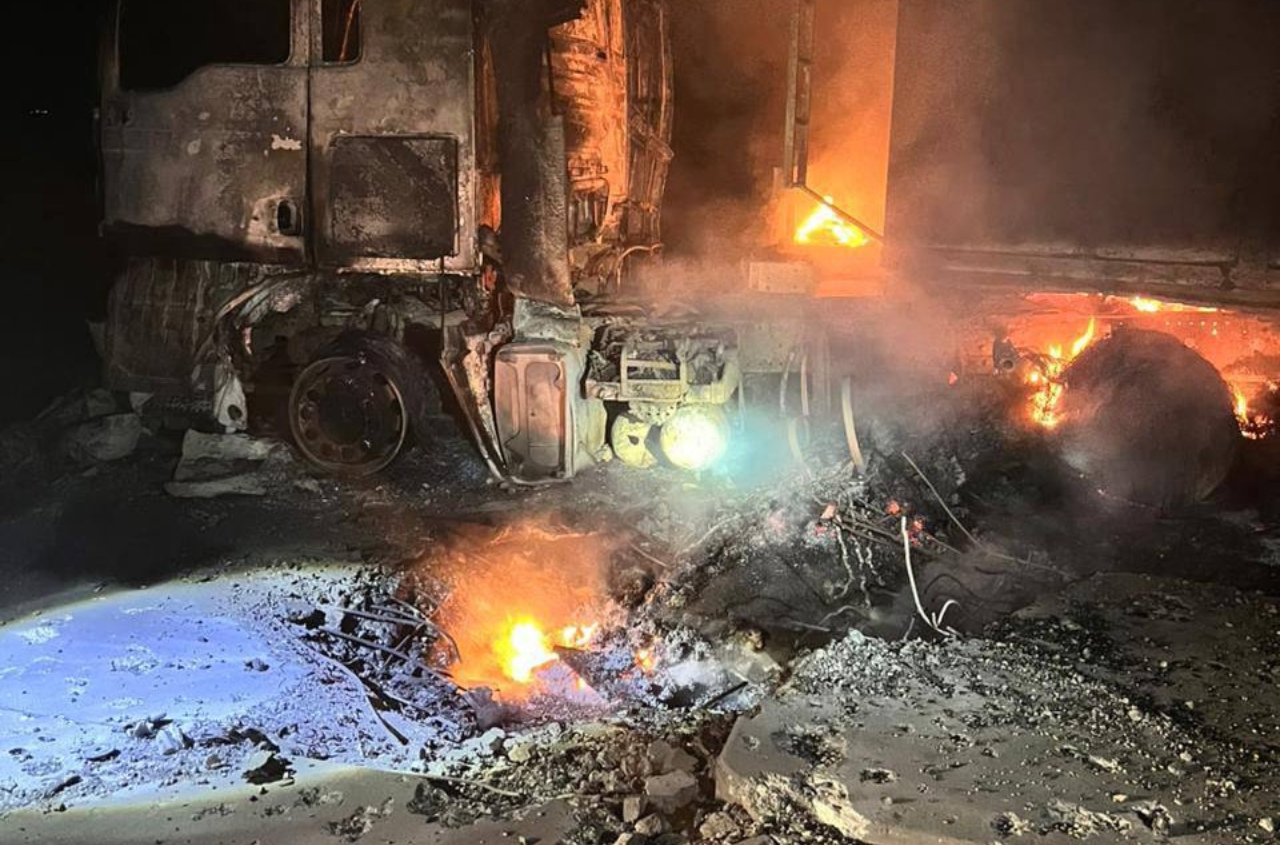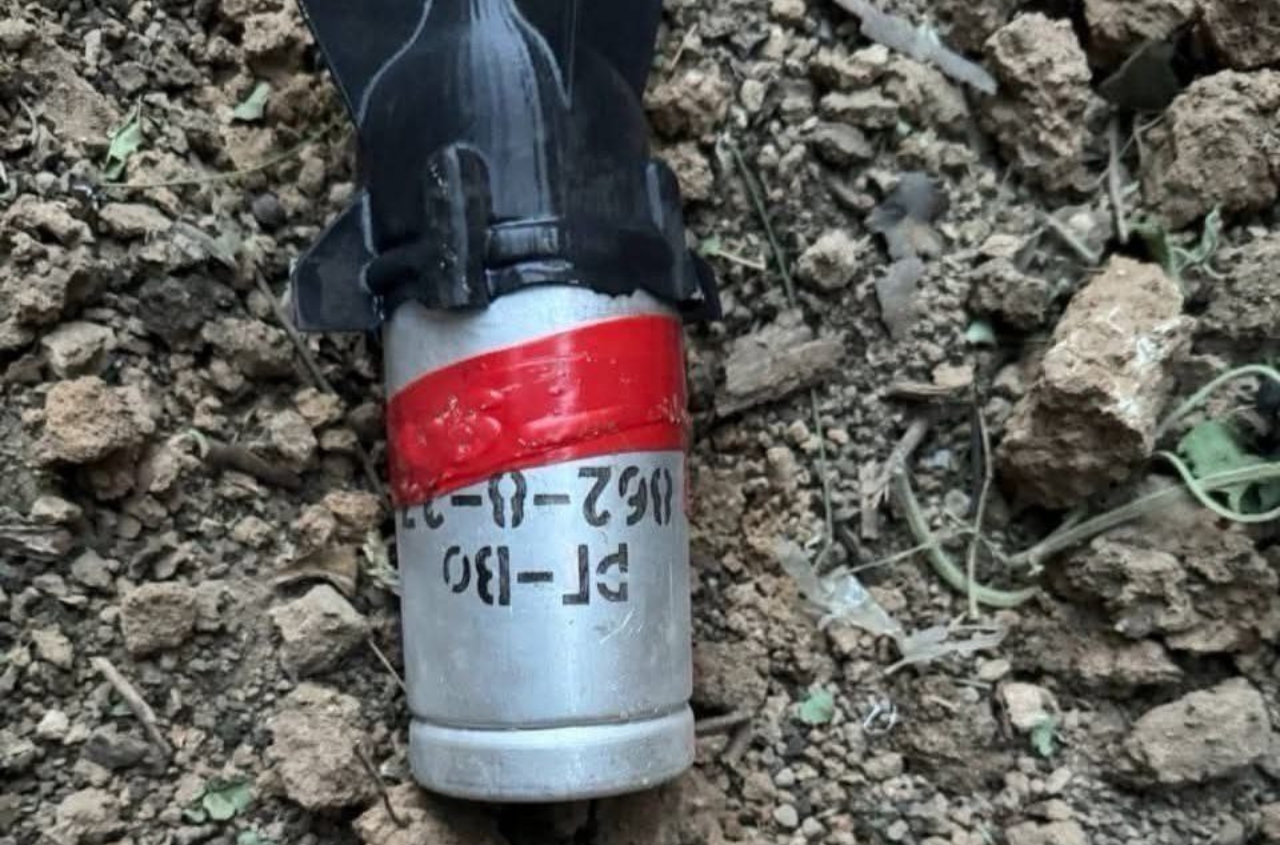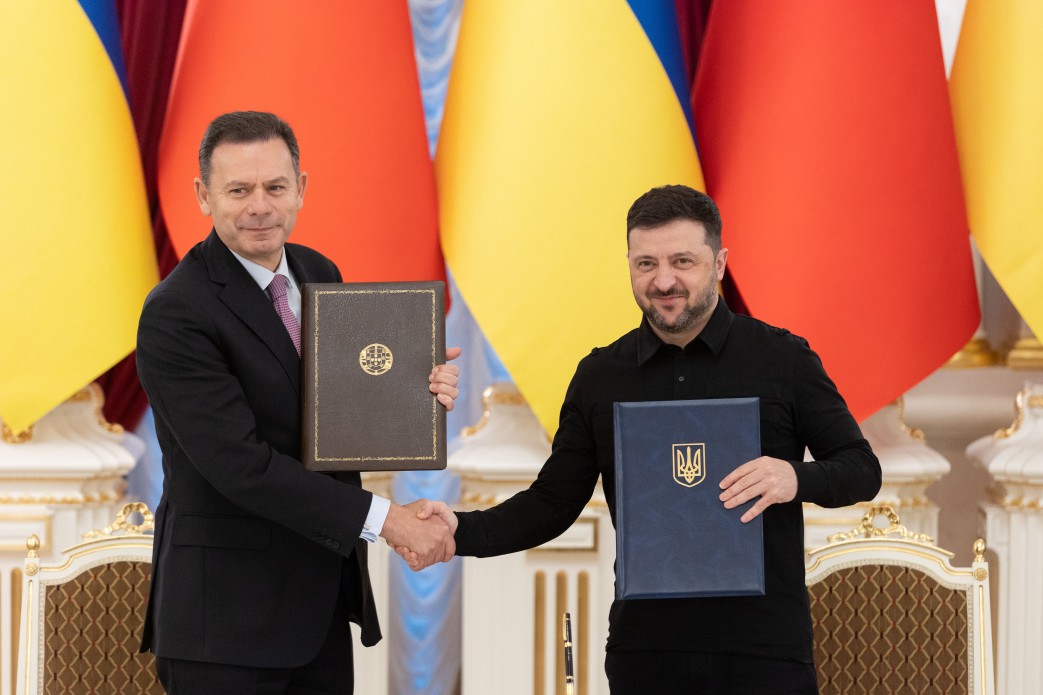Despite being under occupation, the immense nature reserve, which has no equivalent in Europe, maintains its existence. Prior to Russia's extensive aggression, Askania-Nova used to attract up to 140,000 tourists annually. However, since February 24, 2022, the reserve has been operating in the midst of war. Currently, this territory in the left-bank Kherson region is under Russian control, yet the reserve staff have chosen not to leave and continue to care for the highly valuable experimental zone.
Askania-Nova is home to over 800 species of wild hoofed animals. The reserve harbors one of the largest populations of Przewalski's horses and saigas, more than a thousand species of arthropods, and 18 species of mammals.
Throughout different times of the year, nearly 300 species of birds pass through here, with over a hundred nesting within the reserve. Since 1983, Askania-Nova has been designated as a UNESCO biosphere reserve. This incredible diversity of animals is now threatened by the Russians.
"We must ring the international alarm bells, demand control and inspections. The Russians could potentially steal animals, as has happened in the past," says Nikolay Tomenko, the founder of the Native Land Foundation.
What Russians are doing to Askania-Nova Reserve Until March 2023, the Russian occupiers paid little attention to the operations of the reserve. In the beginning of spring, they decided to establish control and seized administrative buildings, appointing their own puppet leadership.
Effectively, they stole the reserve by re-registering it under their authority. Despite the danger, nearly 150 individuals remain in their positions, understanding that the fate of Askania-Nova depends on them.
A lot of information about the reserve cannot be disclosed. Viktor Shapoval states that there isn't a catastrophic situation yet. The Ministry of Environmental Protection reports that Askania-Nova is suffering from fires.
The Russian occupiers have set up their own training ground within the reserve's territory. Parts of the reserve have been mined and dug up to create defensive structures. In total, more than 800,000 hectares of Ukraine's protected areas are currently under Russian occupation.
Assessing the damage to biodiversity is difficult. Animals are perishing, and the exact number remains unknown. The Ministry acknowledges that all crimes committed by Russian occupiers are being documented. According to evocation.info, as of last week, the occupiers reportedly positioned over ten tent-covered Ural trucks within the territory of the ornithological park Askania-Nova. By deploying militants and military equipment within the reserve's boundaries, the Russians are endangering this unique natural area in the Kherson region




















